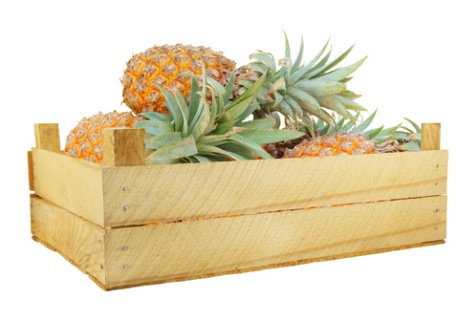
Instacart, the grocery delivery startup that just reached a $2 billion valuation, has quietly shifted its business model. Originally it decided on the markup for the products it delivered, but now it largely leaves pricing to the grocers and charges them a fee for its service, according to Gigaom.
News of that shift hadn’t reached many of the publications that covered its recently closed funding round. The Wall Street Journal took the trouble to write an additional story breaking Instacart’s potential profit on a typical grocery delivery, and the numbers didn’t look good: Instacart might make just $1.40 on an order of 15 basic items, the Journal concluded.
Instacart apparently figured that out more than a year ago, when it began shifting its model. “We don’t want to be in the pricing game,” Instacart’s head of business, Nilam Ganenthiram, told Gigaom. “There’s exceptions, but that’s generally true. Retailers outsource their e-commerce to us for a fee.” That’s now Instacart’s “primary model,” Ganenthiram said.
In fairness, Instacart never made any official announcements about its change in business strategy, and it’s still tight-lipped about details like how much the fee is and whether that’s calculated per item, per order, per customer, per month, or some other way. Instacart partners Whole Foods and Safeway kept mum on fees too, making it difficult for analysts to deduce Instacart’s actual profitability. “There’s different strategies with different partners,” Ganenthiram said.
Instacart’s strategy shift explains the fact that, for some of its grocer partners, the products cost the same on Instacart as they do in store, while for others the price is more — or, in some confusing cases, less. But the pricing of groceries, with their razor-thin margins, is as core to what grocers do as Amazon’s recently revealed pricing tricks are to the e-commerce giant’s core business.
And the fee-for-delivery model also makes grocery stores more amenable to improving Instacart’s efficiency with services like offering the company its own personal checkout line — as well as shielding Instacart from the risk of swings in food prices.